

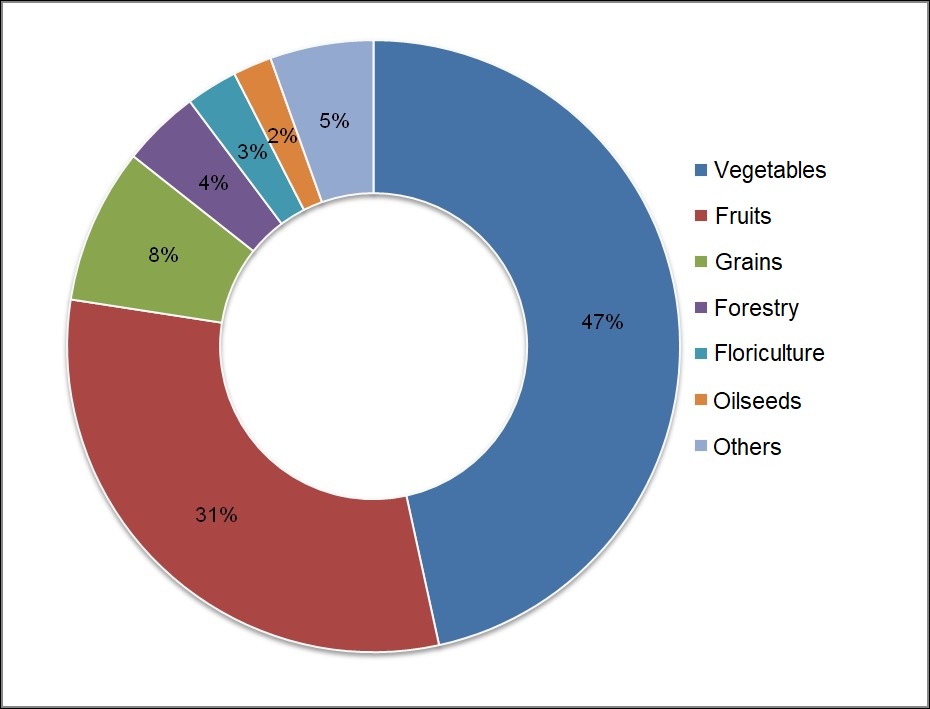
A study conducted in São Paulo state (Brazil) showed that farms with peer-to-peer certification had 58.8 organic items on average, while farms conventionally certified by third parties had 22.2.
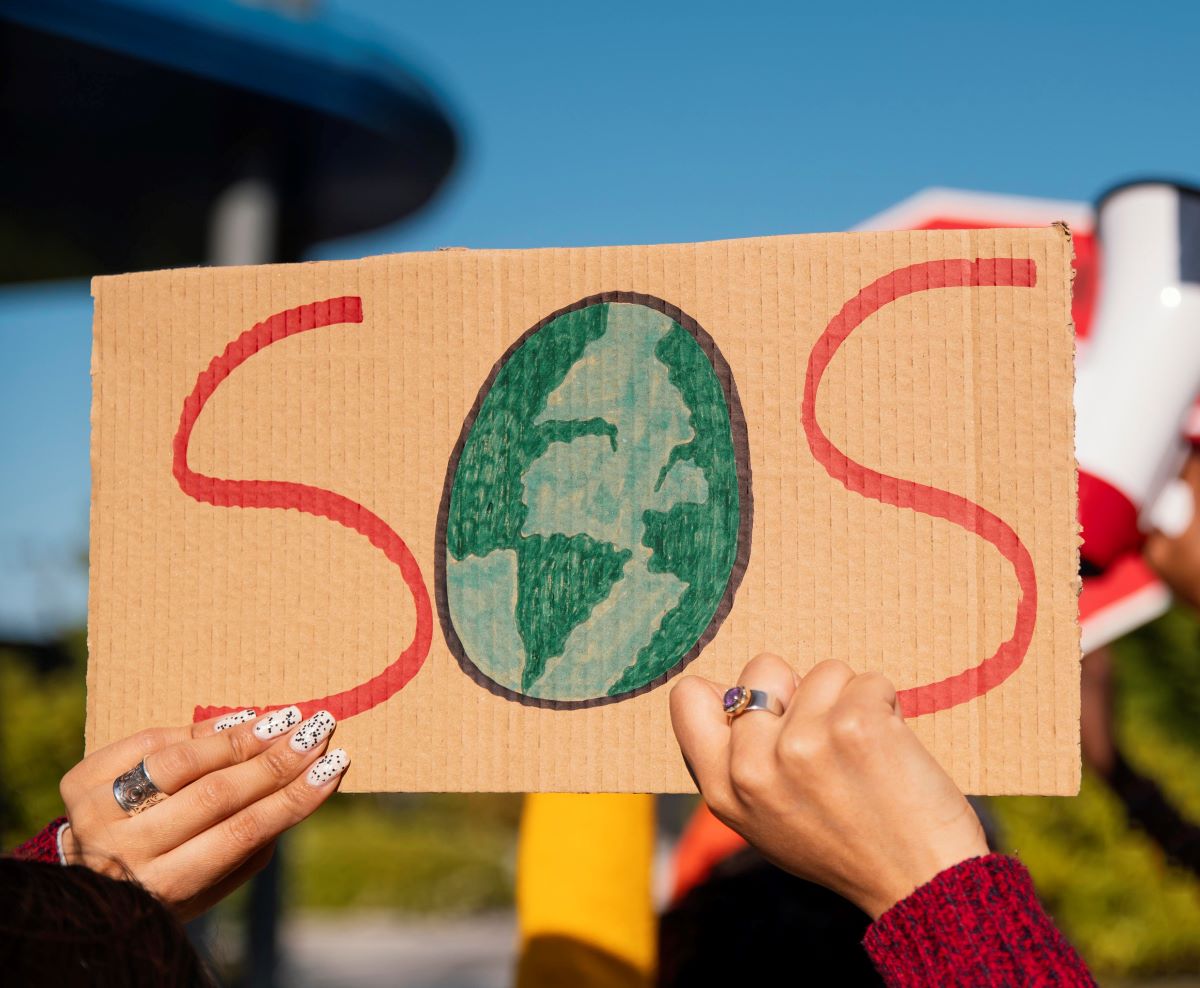
The international study involved more than 59,000 participants from 63 countries, including Brazil. By analyzing interventions that most influence people’s behavior, the work resulted in the creation of a tool that can be used by policymakers and environmental advocacy groups.

According to a study published in Scientific Reports, a novel strain of the fungus created at the University of São Paulo was found to be capable of boosting production of cellulosic ethanol by as much as 60% without requiring an increase in sugarcane acreage.
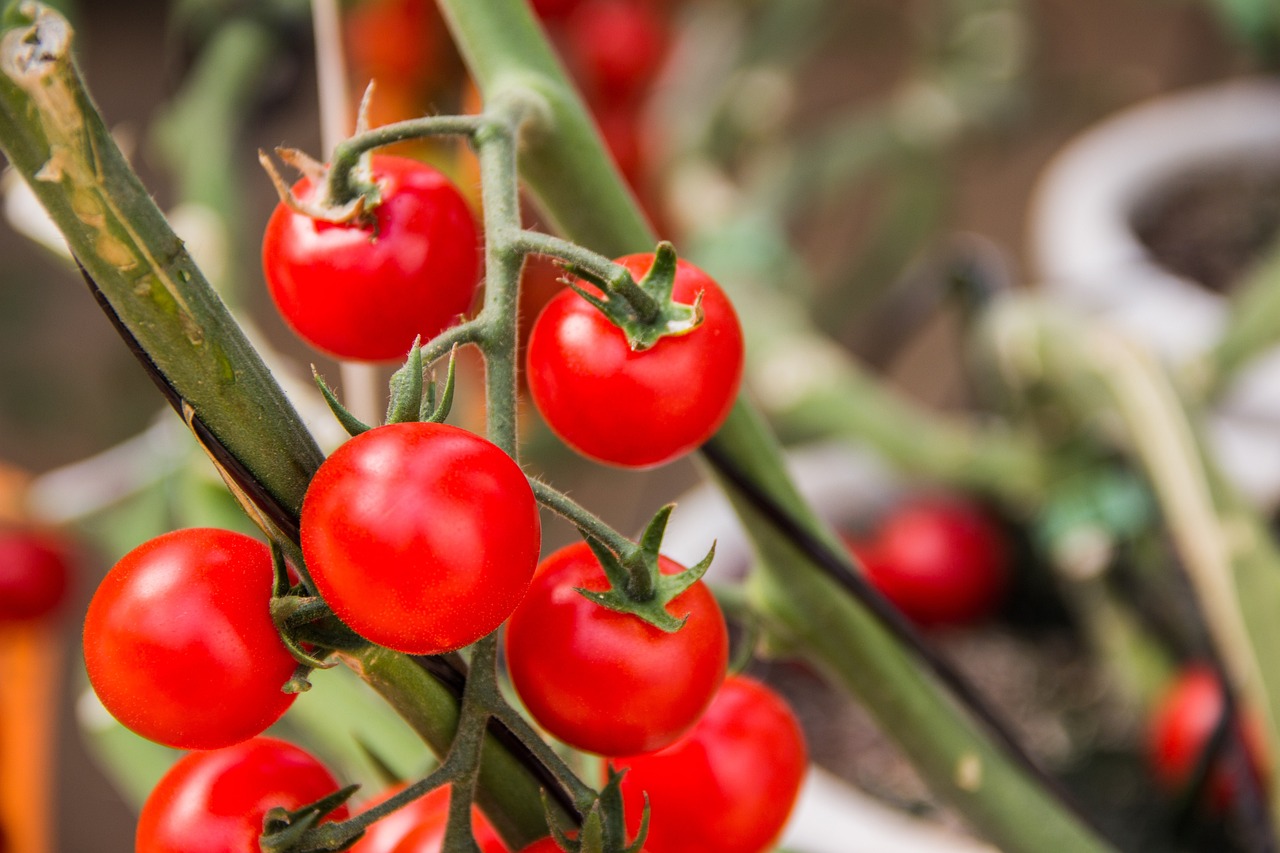
Researchers at the University of São Paulo (USP) and colleagues in other countries conducted a study showing that strigolactones – substances hitherto associated only with plant development – can directly influence flowering and fruiting.
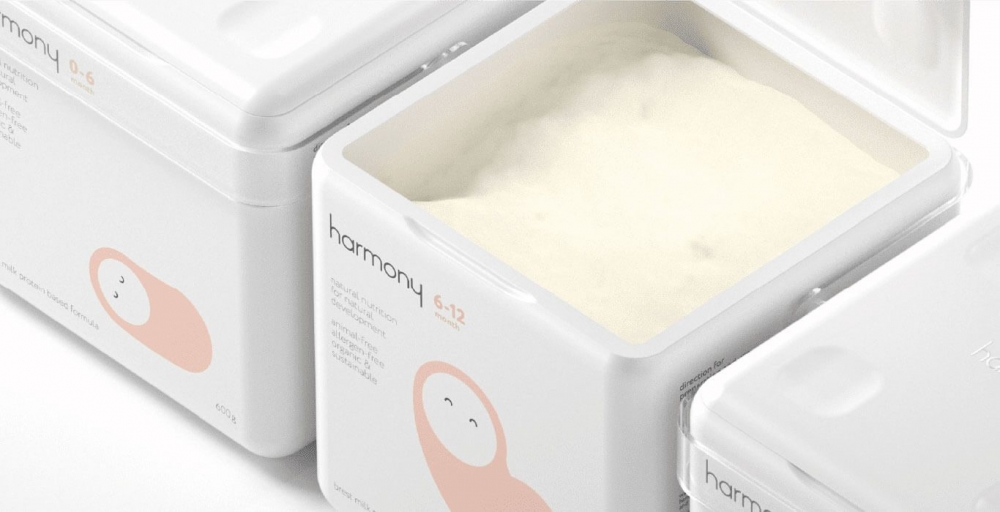
The biotech based at MIT is developing bioactive versions of the product using the same technique as breweries and pharmaceuticals that produce biologics.

Software based on statistical models detects sporting talent and allows athletes’ performance to be monitored. The tool was developed with the support of FAPESP.
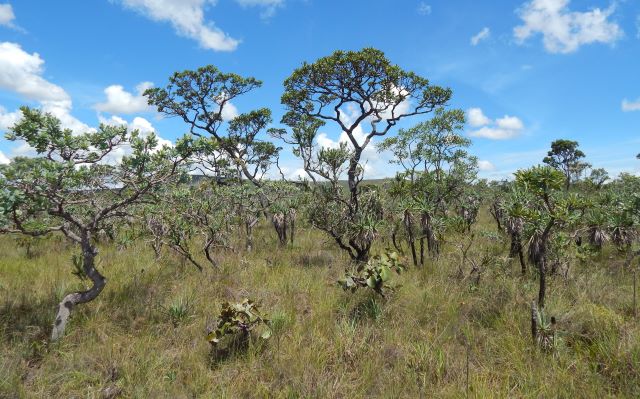
Researchers at the State University of Campinas and collaborators analyzed data from 82 areas of the Brazilian savanna biome located in five states and the Federal District. The results showed that recovering the biome’s extraordinary diversity requires a combination of several restoration techniques as well as conservation of what has not yet been destroyed.

Mice that did not produce interleukin 22 binding protein (IL-22BP) had stronger defenses, according to an article published in PNAS. Understanding the protein’s role in intestinal health can pave the way to novel therapeutic strategies.

The group uses advanced technology to map sites where vestiges of the activities of ancient populations have been preserved but risk being destroyed by the advance of deforestation, wildcat mining and climate change.
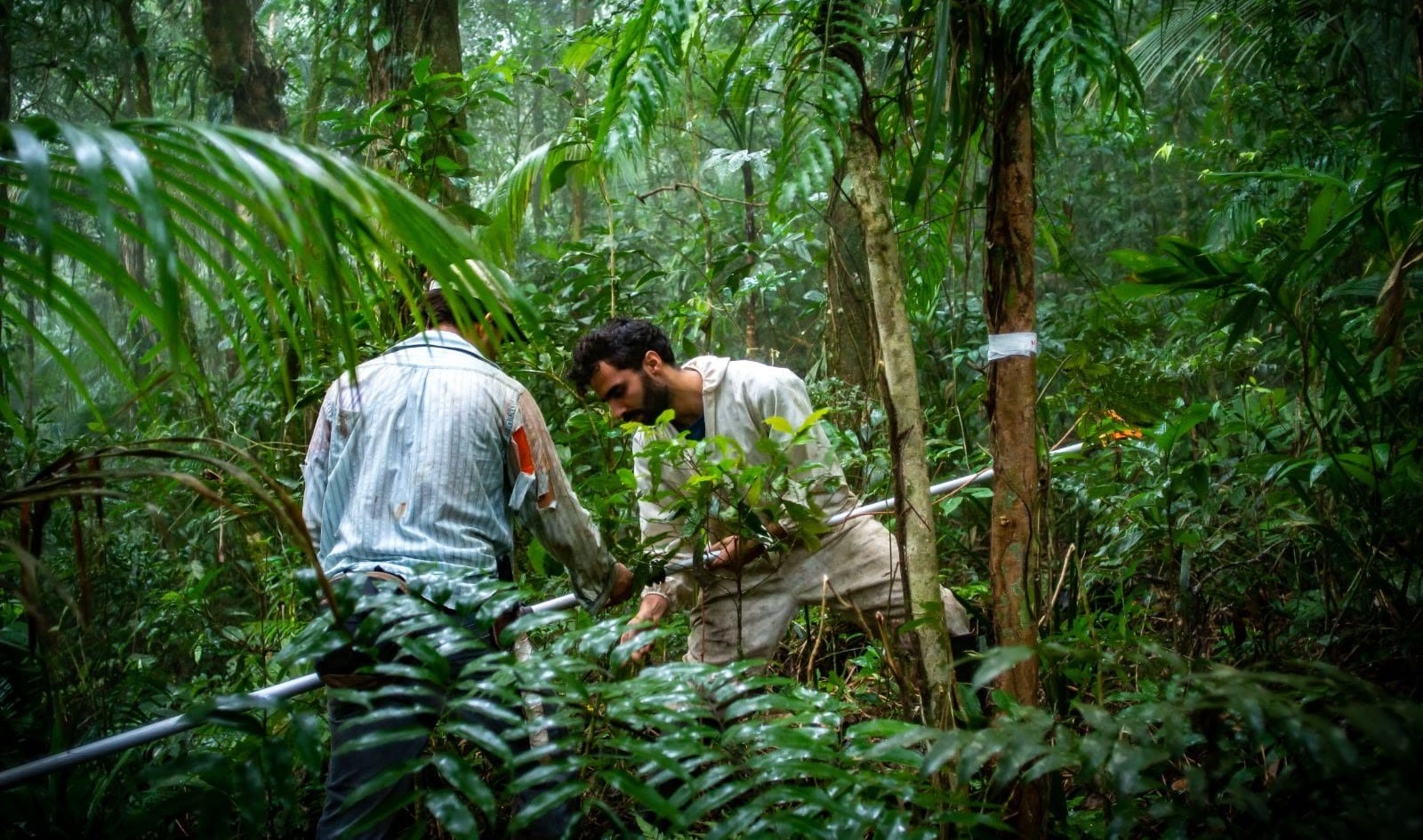
Lack of a method to classify forest succession stages in the applicable legislation allows for destruction of forest areas that provide important ecosystem services. The authors propose changes to make measurements more accurate and eliminate a step in permit applications that is ineffective and costly for landowners.

A study involving 302 volunteers showed that although the damage caused by SARS-CoV-2 was most intense among those who had severe COVID-19, some exhibited memory loss and attention deficit more than 18 months after being infected, even though they had not needed to be hospitalized.
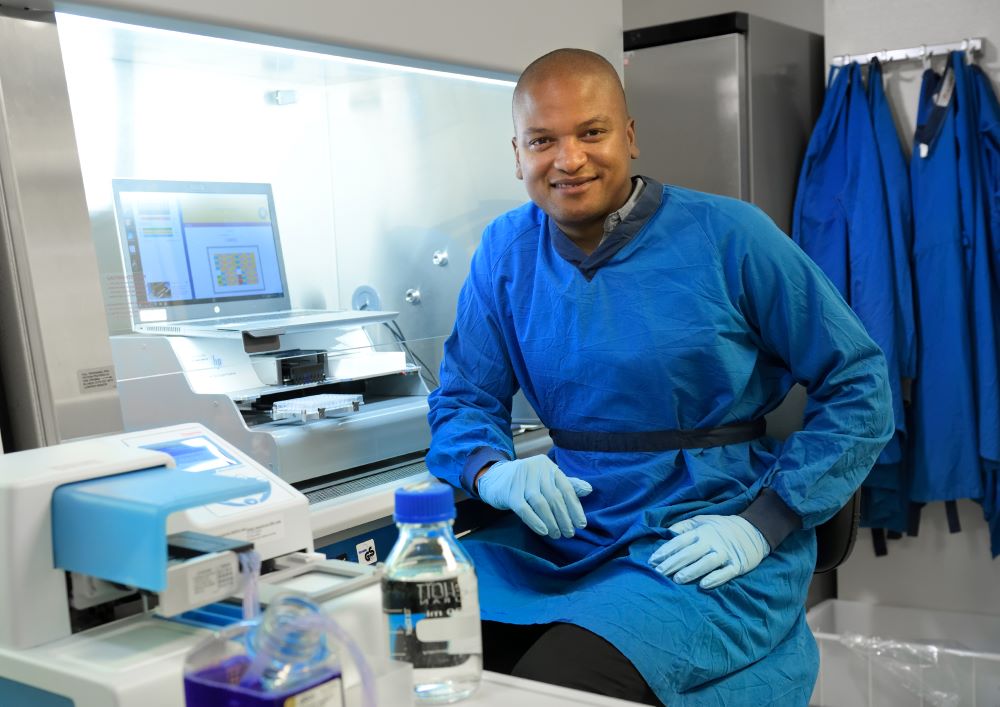
Brazilian researchers innovated by stimulating tumor cells so much that they became stressed and could survive only by behaving like healthy cells. The results of the study were so promising that the researchers plan to hold clinical trials with patients, to be conducted in the Netherlands before the end of 2024.
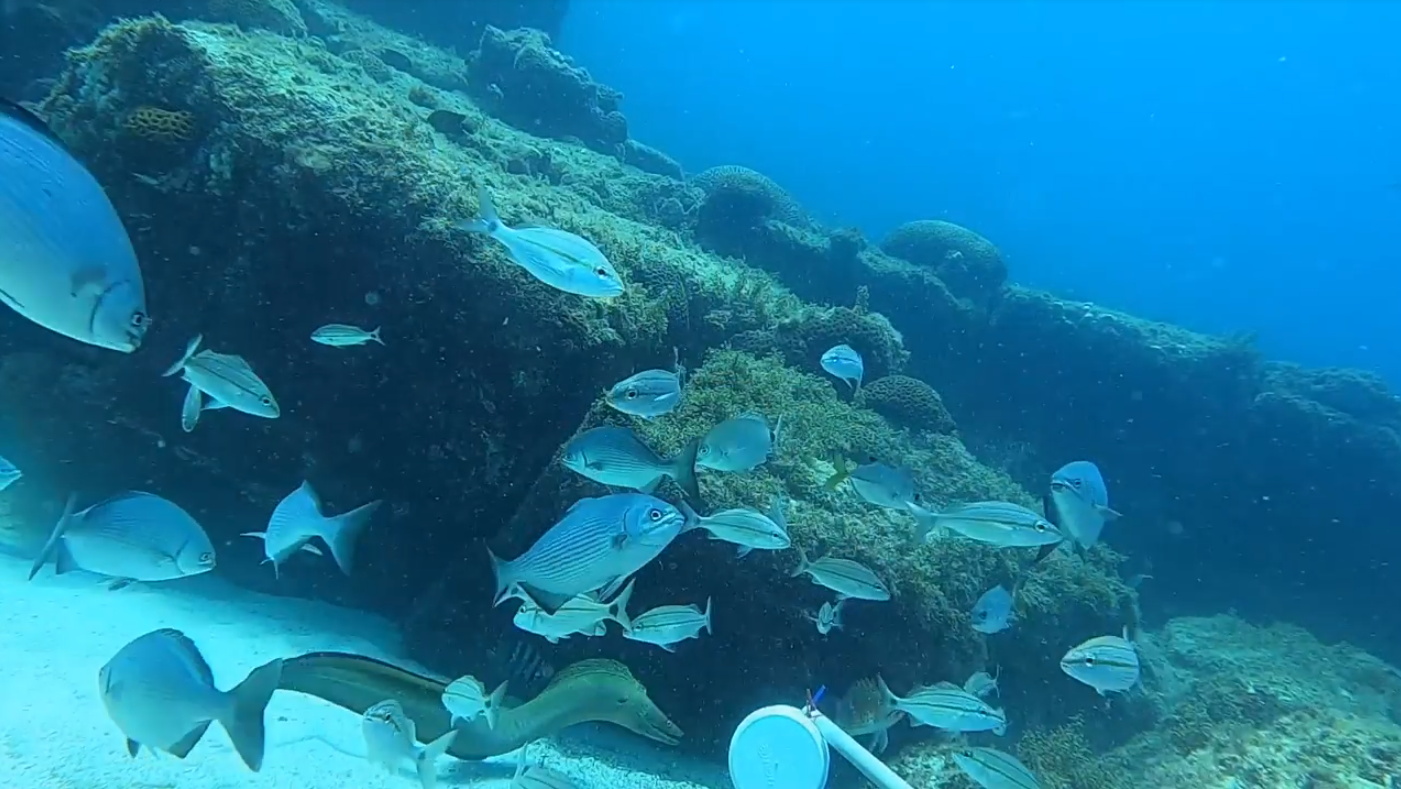
Researchers at the Federal University of São Paulo determined for the first time the vertical limits of the subtropical ocean region off the South American coast. They found that the upper limit of the mesotrophic zone, previously assumed to be 30 meters below the surface, was in fact in much shallower waters.
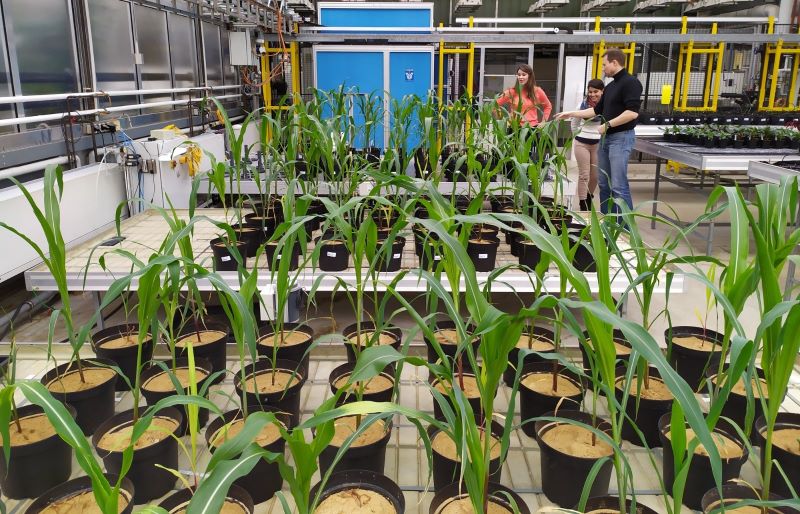
The novel compound was developed in the lab but can be produced with technology already used by the industry, facilitating scale-up. It fixes phosphorus in the soil for future crop cycles and requires fewer applications. The researchers are seeking partners to mass-produce it for use in large-scale experiments.

State coordination will be essential to overcome the problems in the southern Brazilian state of Rio Grande do Sul, as Acre’s experience with floods shows.
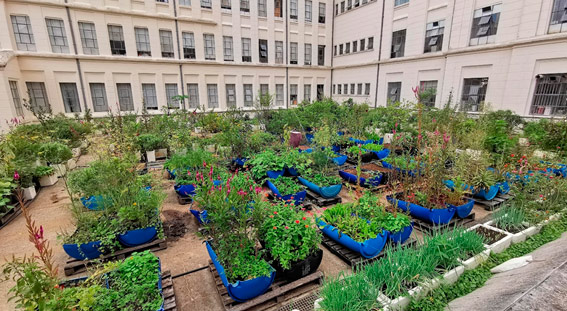
A study comparing solutions developed in São Paulo and Melbourne, Australia, highlights the huge potential for expansion in the Brazilian megacity.
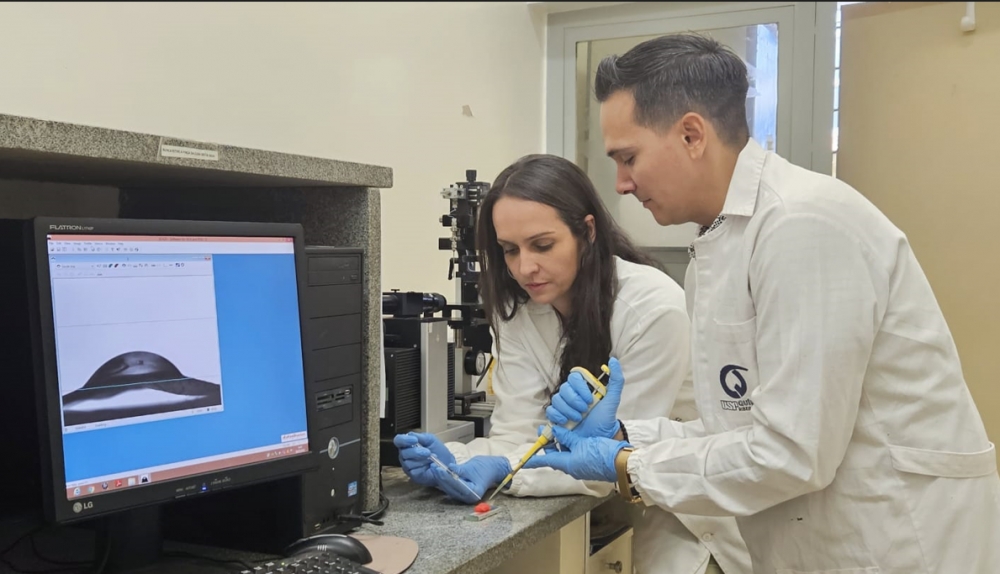
Researchers at the University of São Paulo conducted in vitro experiments with bone cells to confirm the properties of the novel biomaterial. Their findings suggest it can replace natural bone in grafting procedures to remedy defects or injuries.
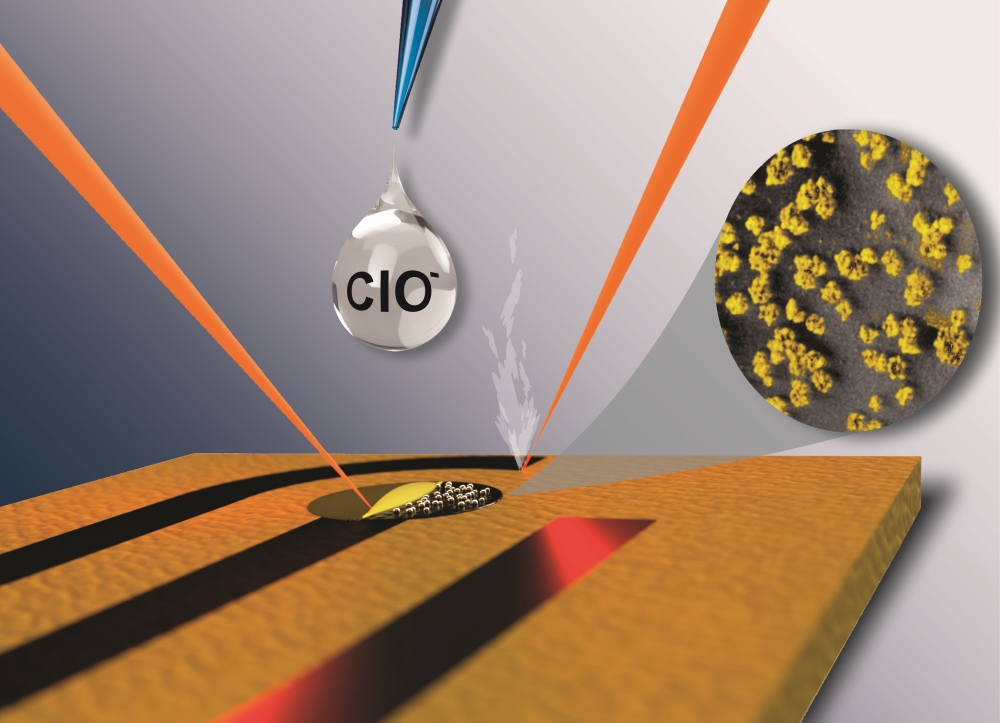
The device developed at the University of São Paulo is inexpensive, environmentally friendly and easy to use. A patent application has been filed.

Scheduled to start operating in 2028 at the Brazilian Center for Research on Energy and Materials (CNPEM) in Campinas (São Paulo state), the lab will enable researchers for the first time in Latin America to study viruses classified as class 4, the highest category of biological risk.
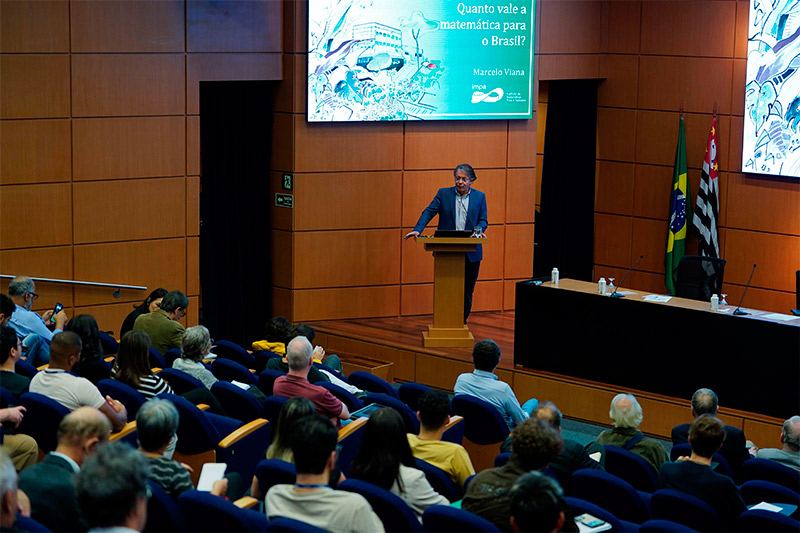
The fifth 2024 FAPESP Lecture asking “How much is mathematics worth to Brazil?” was delivered by Marcelo Viana, Director General of Brazil’s National Institute for Pure and Applied Mathematics (IMPA).
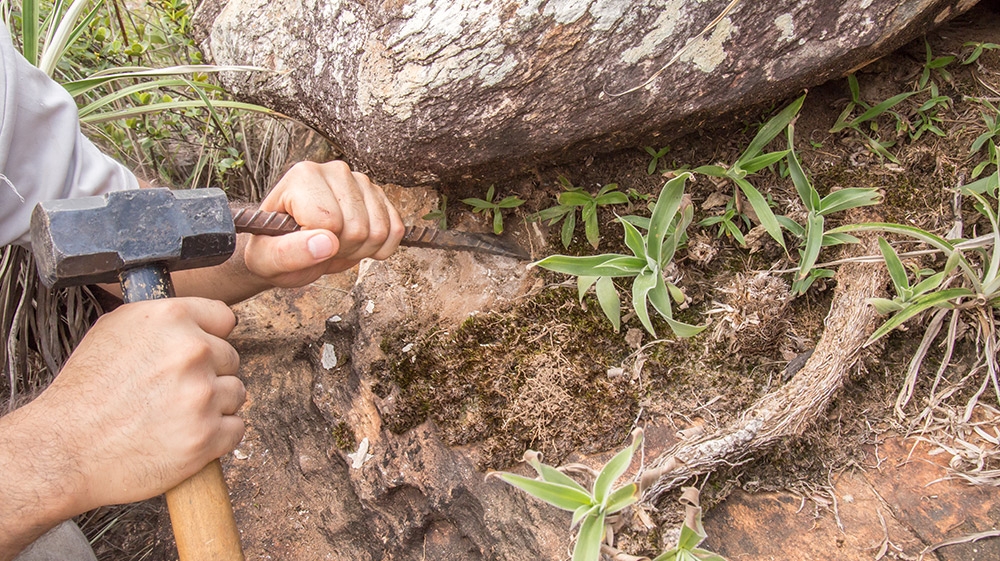
Work carried out at the Genomics for Climate Change Research Center, with the support of FAPESP, revealed soil bacteria that act as natural fertilizers and have applications in agriculture.
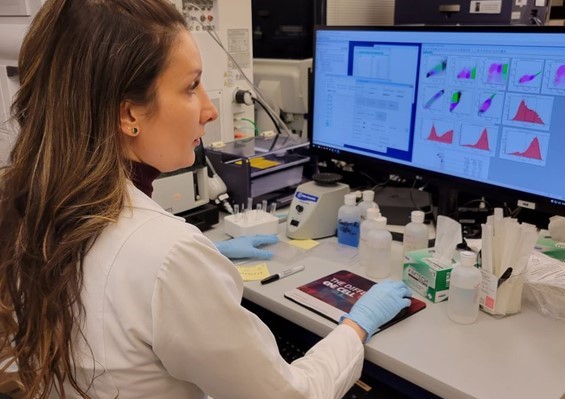
Discovery of a new viral evasion mechanism, and of a monoclonal antibody that subverts it, is an advance in immunotherapy offering the prospect of effective host-directed treatment to combat infections.
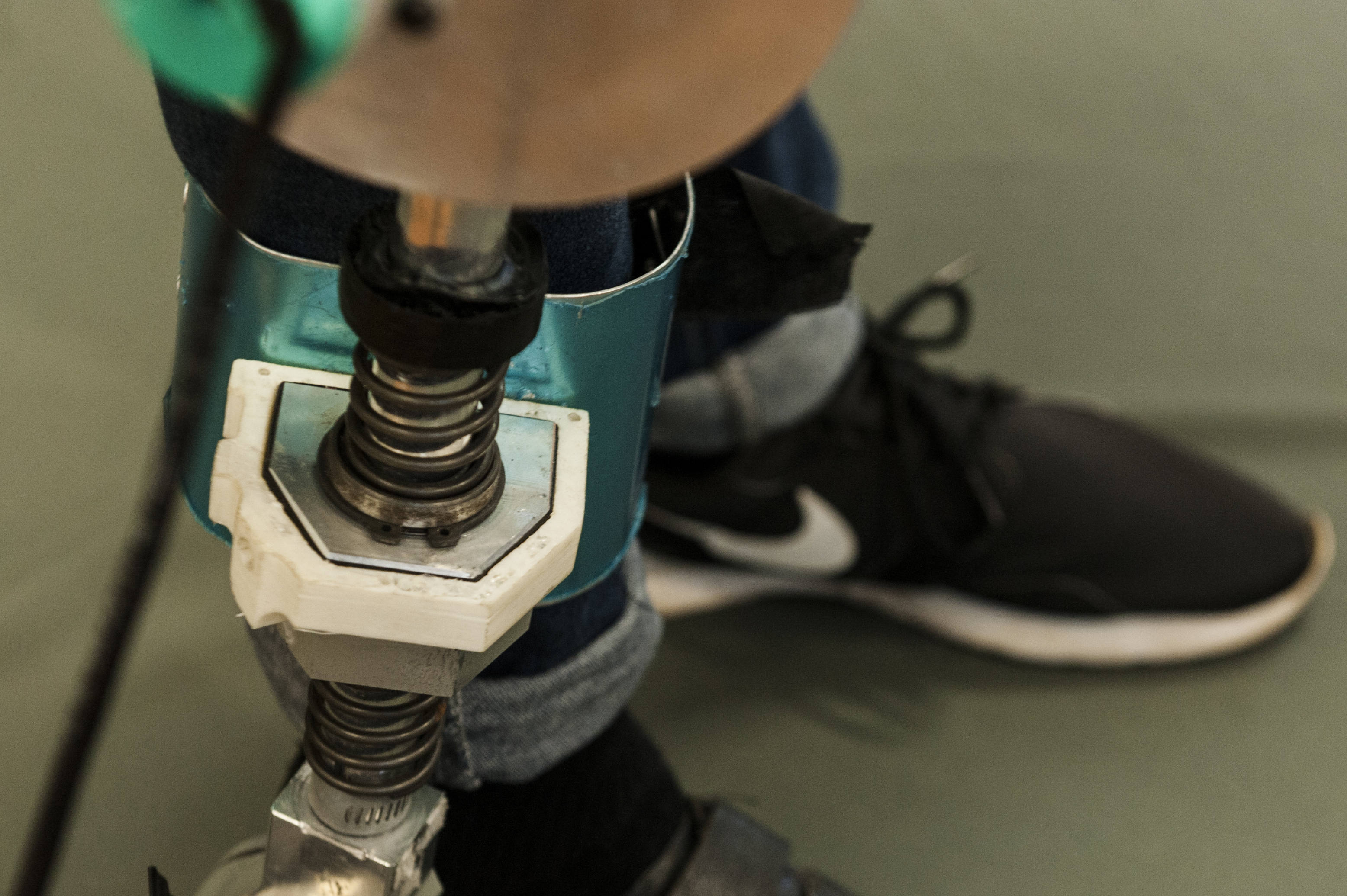
About BRL 130 million will be invested in the new centers, which will develop solutions to challenges posed by the São Paulo State Government.
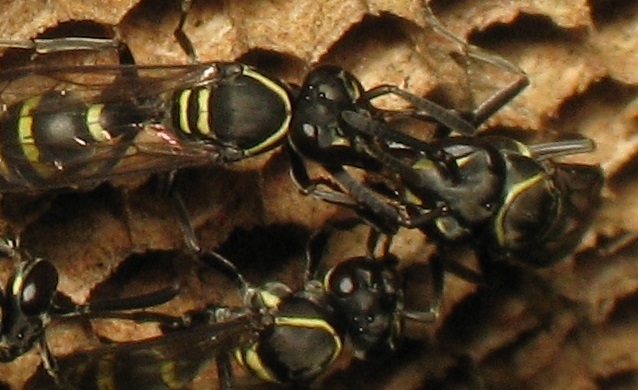
A study shows that ritual dances and other displays in which workers select future queens with optimal reproductive capacity are found among all representatives of this group of wasps.

In an article published in Nature Medicine, a group at the State University of Campinas stresses that Yanomami children are suffering the most severe nutritional deficit of any Indigenous community in the Americas and warns of long-term consequences for health.